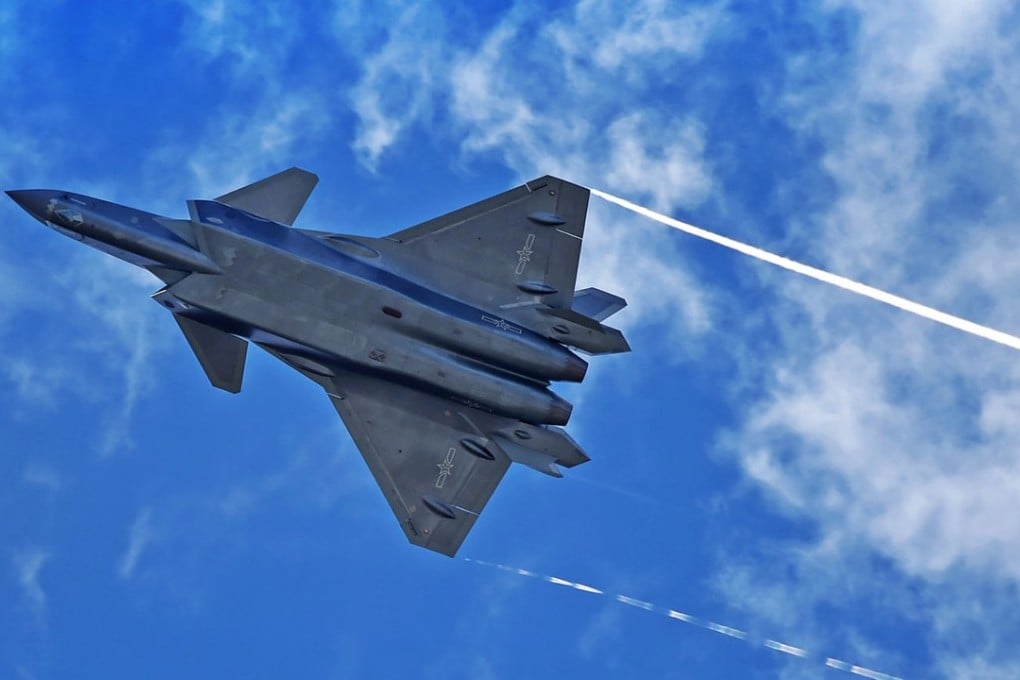China in talks for sale of jet engine technology to Germany
Export of state-of-the-art machinery to a country known for its high-quality products would improve the international image of China’s manufacturing industry

China is in talks to sell Germany state-of-the-art machinery and technology critical in the manufacture of high-performance jet engines, a senior government scientist has revealed.
The machinery produced turbine blades capable of withstanding temperatures several hundred degrees Celsius higher than the melting point of metallic alloys, the scientist said.
The scientist, who is involved in the negotiations, asked not to be named because of the sensitivity of the matter.
Turbine blades convert heat generated by combusted fuel into the energy that propels a plane. The blades are one of the most important components in modern aircraft, both military and civilian, and their quality determines how safe, powerful and durable a jet engine will be.
The technological progress could be a very important step for made-in-China jet engines, with China now the world’s largest market for commercial aircraft. Thousands of planes are on order from Airbus and Boeing, and China is also developing its own C919 passenger jet.
In recent years, tremendous leaps in blade-processing technology, combined with breakthroughs in alloy casting and aerodynamic design, have allowed China to produce a brand-new series of powerful military jet engines.